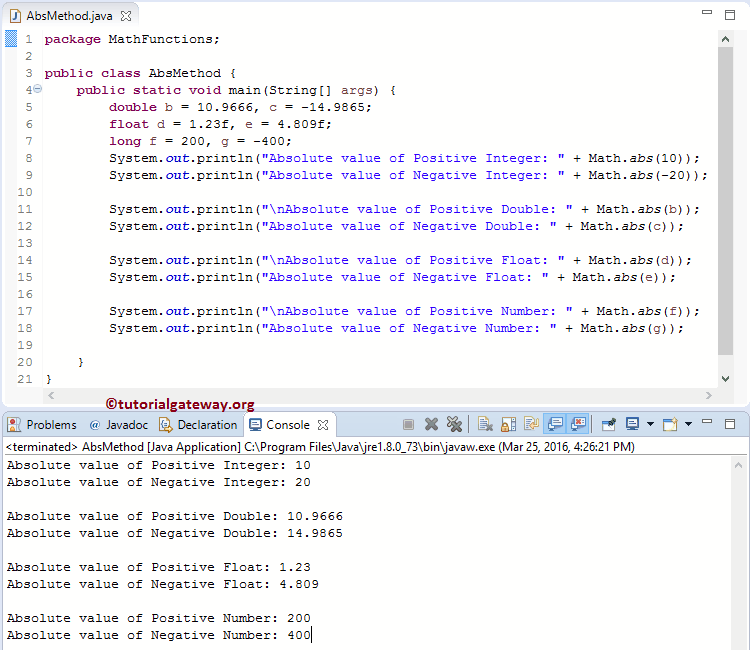

A binary representation has an additional utility however, because the most significant bit also indicates the group (and the sign): it is 0 for the first group of non-negatives, and 1 for the second group of negatives. Where this correspondence is employed for representing negative numbers, it effectively means, using an analogy with decimal digits and a number-space only allowing eight non-negative numbers 0 through 7, dividing the number-space in two sets: the first four of the numbers 0 1 2 3 remain the same, while the remaining four encode negative numbers, maintaining their growing order, so making 4 encode -4, 5 encode -3, 6 encode -2 and 7 encode -1.


For example, using binary with numbers up to three-bits (so N = 3 and 2 N = 2 3 = 8 = 1000 2, where ' 2' indicates a binary representation), a two's complement for the number 3 ( 011 2) is 5 ( 101 2), because summed to the original it gives 2 3 = 1000 2 = 011 2 + 101 2. The defining property of being a complement to a number with respect to 2 N is simply that the summation of this number with the original produce 2 N. As such, the precise definition of the Two's complement of an N-bit number is the complement of that number with respect to 2 N.
MATH.RANDOM JAVA NEGATIVE OR POSITIVE FULL
The 'two' in the name refers to the term which, expanded fully in an N-bit system, is actually "two to the power of N" - 2 N (the only case where exactly 'two' would be produced in this term is N = 1, so for a 1-bit system, but these do not have capacity for both a sign and a zero), and it is only this full term in respect to which the complement is calculated. Two's complement is an example of a radix complement. Because the most significant value is the sign value, it must be subtracted to produce the correct result: 1010 = −( 1×2 3) + ( 0×2 2) + ( 1×2 1) + ( 0×2 0) = 1×−8 + 0 + 1×2 + 0 = −6. To verify that 1010 indeed has a value of −6, add the place values together, but subtract the sign value from the final calculation. Step 3: add the place value 1 to the flipped number 1001, giving 1010.Step 2: flip all bits in 0110, giving 1001.Step 1: +6 in decimal is 0110 in binary the leftmost significant bit (the first 0) is the sign (just 110 in binary would be -2 in decimal).

Accounting for overflow will produce the wrong value for the result.įor example, to calculate the decimal number −6 in binary: Step 3: adding 1 to the entire inverted number, ignoring any overflow.Step 2: inverting (or flipping) all bits – changing every 0 to 1, and every 1 to 0.Step 1: starting with the equivalent positive number.When the most significant bit is 1, the number is signed as negative and when the most significant bit is 0 the number is signed as positive. Two's complement uses the binary digit with the greatest place value as the sign to indicate whether the binary number is positive or negative. Two's complement is the most common method of representing signed (positive, negative, and zero) integers on computers, and more generally, fixed point binary values. Mathematical operation on binary numbers, and a number representation based on this operation


 0 kommentar(er)
0 kommentar(er)
